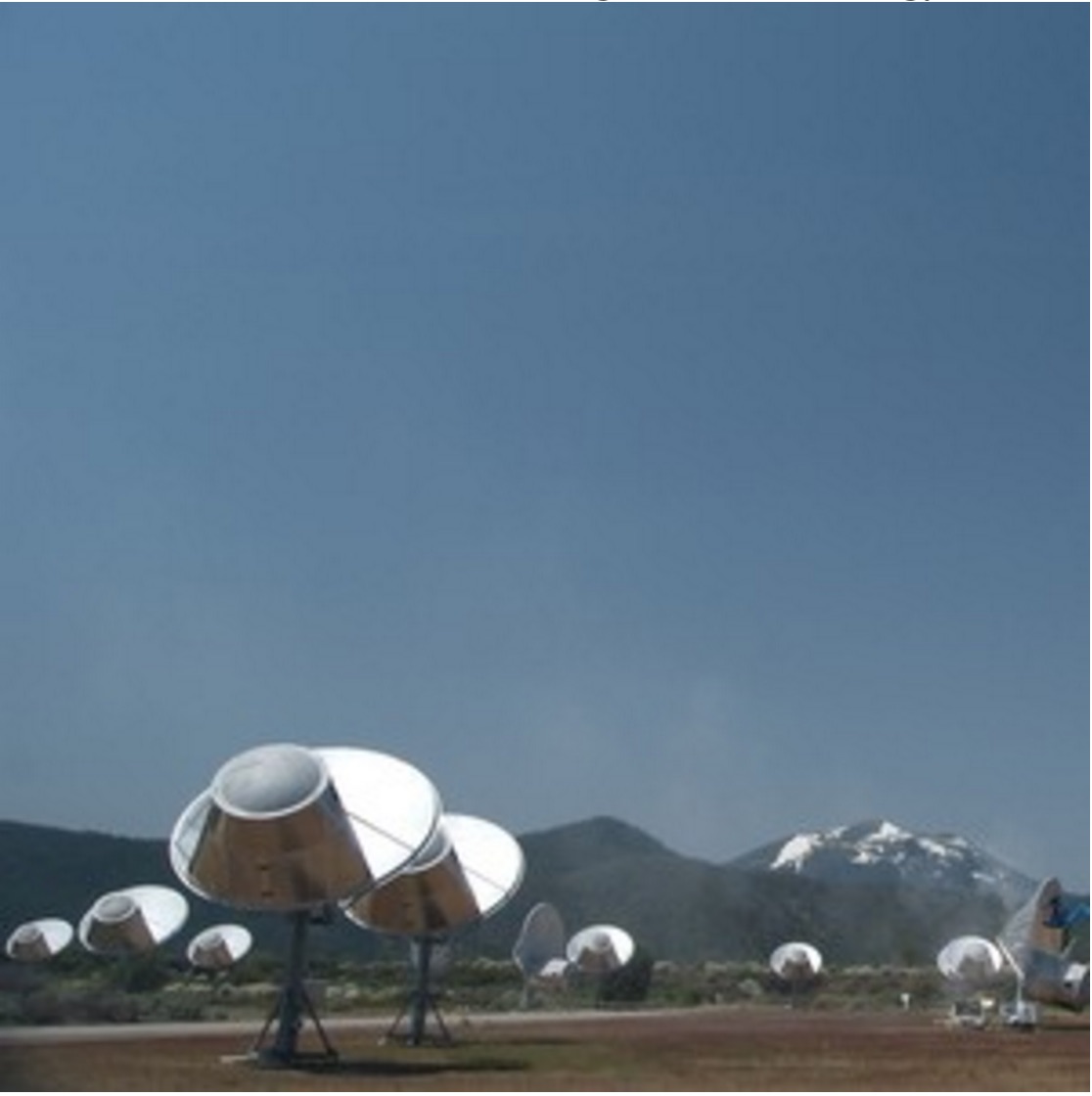SETI Seeks Ideas to Hunt Strange Alien Lifeforms

In one of Carl Sagan's last books, he noted that astronomy has brought humanity to a series of "great demotions." Simply put: When we first observed the night sky, we thought the Earth was in the center of the universe. Over time, as he described in Pale Blue Dot, we tried out other theories as the criteria fit: Maybe the sun is at the center of the universe? Perhaps we're in an important part of the galaxy?
RELATED: SETI Eavesdrops on Nearby Star in Smart Alien Hunt
We now know the Earth is in the suburbs of the Milky Way, and our solar system is only special because we live in it, but this series of demotions shows us one thing: it's easy to project our image on to the universe. This is especially true when searching for life. Because there is only one case of life as we know it — life on Earth — it's easiest to look for life like ours. But in reality our kind of life may not be the most common type to look for after all.
A new paper in Astrobiology is asking the astronomy community to help the SETI Institute. (SETI stands for "Search for Extraterrestrial Intelligence.") With more data on exoplanets coming in from the Kepler space telescope, and 50 years of space and SETI observations behind us, the hope is new tools can emerge to improve the search for life.
RELATED: Can New Equation Calculate Odds of Alien Life?
"A key concept is the one of cohabitation of life and environment ... Each planet is a unique planetary experiment, and if we are starting to model these environments, then we can start to figure out what kind of diversity is out there," author Nathalie Cabrol, the SETI Institute's senior research scientist and director of the Carl Sagan Center, told Discovery News.
WATCH VIDEO: Are We Alone In The Universe?
Breaking space news, the latest updates on rocket launches, skywatching events and more!
One example she suggests in her paper is looking for an element that is in disequilibrium in a planet's atmosphere. (In other words, if scientists see a lot of silicon in an atmosphere that physics predicts would have little, perhaps that could show silicon-based life there.) The advantage is the aliens wouldn't necessarily have to be sending out signals for us to find, she added.
A recent blog post from the SETI Institute's Seth Shostak highlighted this fact for Earth, pointing out our oxygen signature has broadcast life for more than two billion years.
RELATED: Sending Messages to Aliens: Could It Kill Us?
Indeed, much of astrobiology itself is built on assumptions. Scientists commonly speak of a "habitable zone" for planets, based mostly on where Earth is located in our own solar system. Exoplanet biology is also compared with our own, such as when instruments for Mars are tested here based on their abilities to find Earth microbes.
Radio and optical searches, she added, are still the best tool we know of for searching given our known physics of the universe. But she does point out in the paper that the SETI Institute has been focused on the endpoint of the famous Drake equation — how many communicating civilizations there are — rather than "trying to understand or quantify the processes taking place within each of the factors's [for life] that lead to the next."
Even Frank Drake himself, she added, said his equation was not aimed to look for microbes or non-communicating species.
RELATED: Alien Megastructure? SETI Spies No Intelligent Signals
Cabrol said the goal of her paper — which she emphasized is just a single data point, open to discussion and dispute from other astronomers — is not to necessarily say these ideas are wrong. Instead, her hope is that after the SETI Institute organizes a workshop next year to explore these issues, that astronomers may have a better idea about where to point their telescopes.
Originally published on Discovery News.

Elizabeth Howell (she/her), Ph.D., was a staff writer in the spaceflight channel between 2022 and 2024 specializing in Canadian space news. She was contributing writer for Space.com for 10 years from 2012 to 2024. Elizabeth's reporting includes multiple exclusives with the White House, leading world coverage about a lost-and-found space tomato on the International Space Station, witnessing five human spaceflight launches on two continents, flying parabolic, working inside a spacesuit, and participating in a simulated Mars mission. Her latest book, "Why Am I Taller?" (ECW Press, 2022) is co-written with astronaut Dave Williams.
